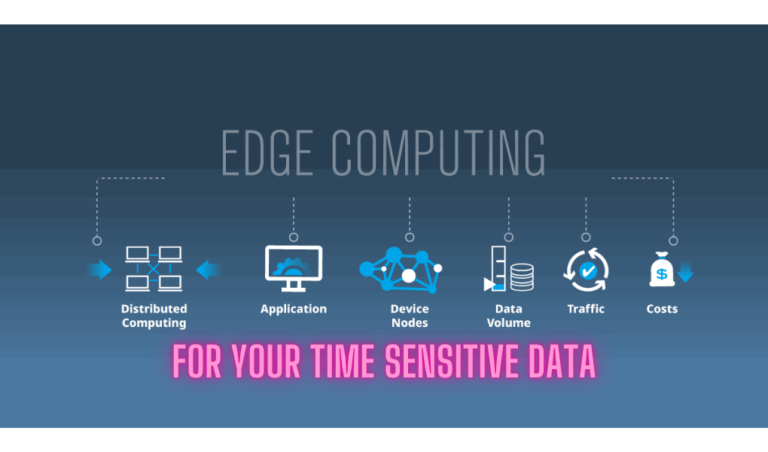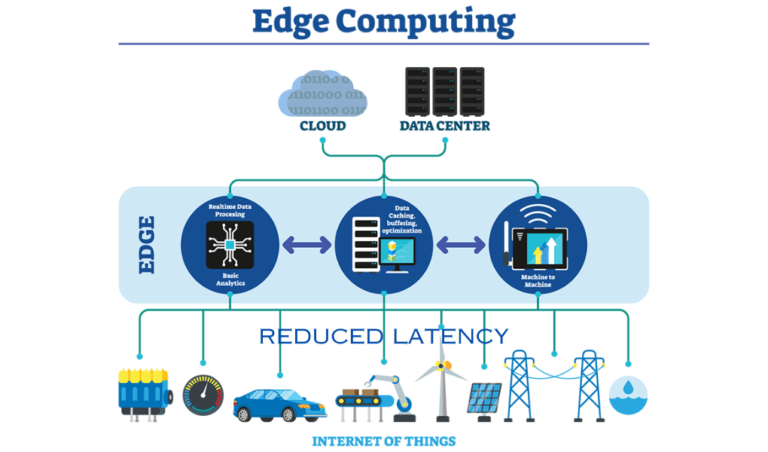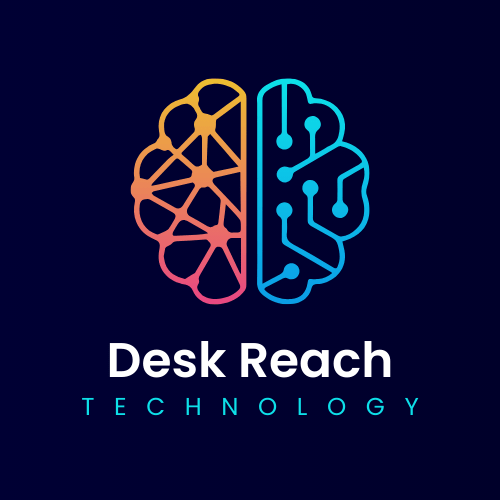
As the technological landscape continues to evolve, businesses are increasingly seeking innovative solutions to address the challenges posed by data processing, latency, and bandwidth. Edge computing emerges as a transformative paradigm, offering a versatile approach to handling data in real-time. In this comprehensive guide, we delve into the ideal scenarios for leveraging edge computing solutions.
Understanding Edge Computing Essentials
Defining Edge Computing
At its core, edge computing is a distributed computing paradigm that brings computation and data storage closer to the source of data generation. Unlike traditional cloud computing, which centralizes data processing in remote data centers, it takes place at or near the data source, minimizing latency and enhancing overall system efficiency.
The Power of Proximity
The primary advantage of it lies in its ability to process data in close proximity to where it is generated. This proximity reduces the time it takes for data to travel, leading to faster response times and improved performance. This is particularly crucial in scenarios where real-time decision-making is paramount.

Ideal Scenarios for Edge Computing
1. Internet of Things (IoT) Deployments
In the realm of IoT deployments, where a multitude of devices generate vast amounts of data, it proves invaluable. Processing data closer to IoT devices reduces the need to transmit massive datasets to centralized cloud servers, minimizing latency and bandwidth requirements.
2. Mission-Critical Applications
For applications demanding low latency and high reliability, such as autonomous vehicles and critical healthcare systems, it is a game-changer. The ability to process data on-site ensures swift decision-making, contributing to enhanced safety and operational efficiency.
3. Enhancing User Experience in Content Delivery
In content delivery networks (CDNs), delivering a seamless user experience is paramount. It enables the caching of content closer to end-users, reducing latency and ensuring quick access to multimedia content, web applications, and streaming services.
4. Smart Cities Infrastructure
The concept of smart cities relies heavily on interconnected systems and data-driven decision-making. It plays a pivotal role in processing data from various sensors and devices deployed throughout a city, facilitating real-time analysis for optimized traffic management, energy distribution, and public safety.
5. Edge AI and Machine Learning
In scenarios where rapid decision-making based on artificial intelligence (AI) and machine learning (ML) is crucial, It shines. By processing AI and ML algorithms closer to the data source, organizations can achieve faster insights without relying on centralized cloud infrastructure.
Realizing Real-Time Potential
The real-time potential of edge computing is pivotal. From autonomous vehicles navigating complex environments to smart homes responding instantly to user commands, the applications are boundless. By minimizing latency and reducing dependence on centralized servers, it brings unparalleled responsiveness to our interconnected world.
Beyond the Cloud: Localized Power
In an era where data reigns supreme, it introduces a localized power dynamic. The traditional reliance on distant data centers gives way to processing data closer to its source. This not only optimizes efficiency but also enhances security and privacy, a critical consideration in our digitally-driven age.
The Edge in Action
Consider a bustling smart city. Edge computing seamlessly integrates with myriad sensors and devices, transforming raw data into actionable insights in real time. Traffic management becomes responsive, energy distribution is optimized, and public safety reaches new heights—all thanks to the instantaneous processing capabilities of edge computing.
Overcoming Challenges and Future Trends
While it presents numerous advantages, it’s essential to acknowledge and address challenges such as security concerns, standardization, and interoperability. As the technology continues to evolve, trends like the integration of 5G networks and the development of more efficient edge devices are poised to further enhance the capabilities of edge computing.
As with any transformative technology, challenges emerge. Security concerns, standardization issues, and interoperability complexities warrant careful consideration. Yet, the trajectory of it suggests a continuous evolution, with ongoing efforts to overcome these hurdles and unlock its full potential.
A Glimpse into the Future
As the integration of 5G networks gains momentum, the future of edge computing appears even more promising. Enhanced connectivity and bandwidth capabilities will further elevate the efficiency of edge devices, paving the way for a more interconnected and responsive digital landscape.
Conclusion: Embracing the Future with Edge Computing
In conclusion, the ideal scenarios for using edge computing solutions are diverse and expansive, ranging from IoT deployments to mission-critical applications and beyond. As businesses seek to optimize data processing, reduce latency, and enhance overall efficiency, the adoption of it is poised to become a cornerstone in the evolving landscape of technology.
Image credits: Google
To enhance your career in trending technologies: READ ME
